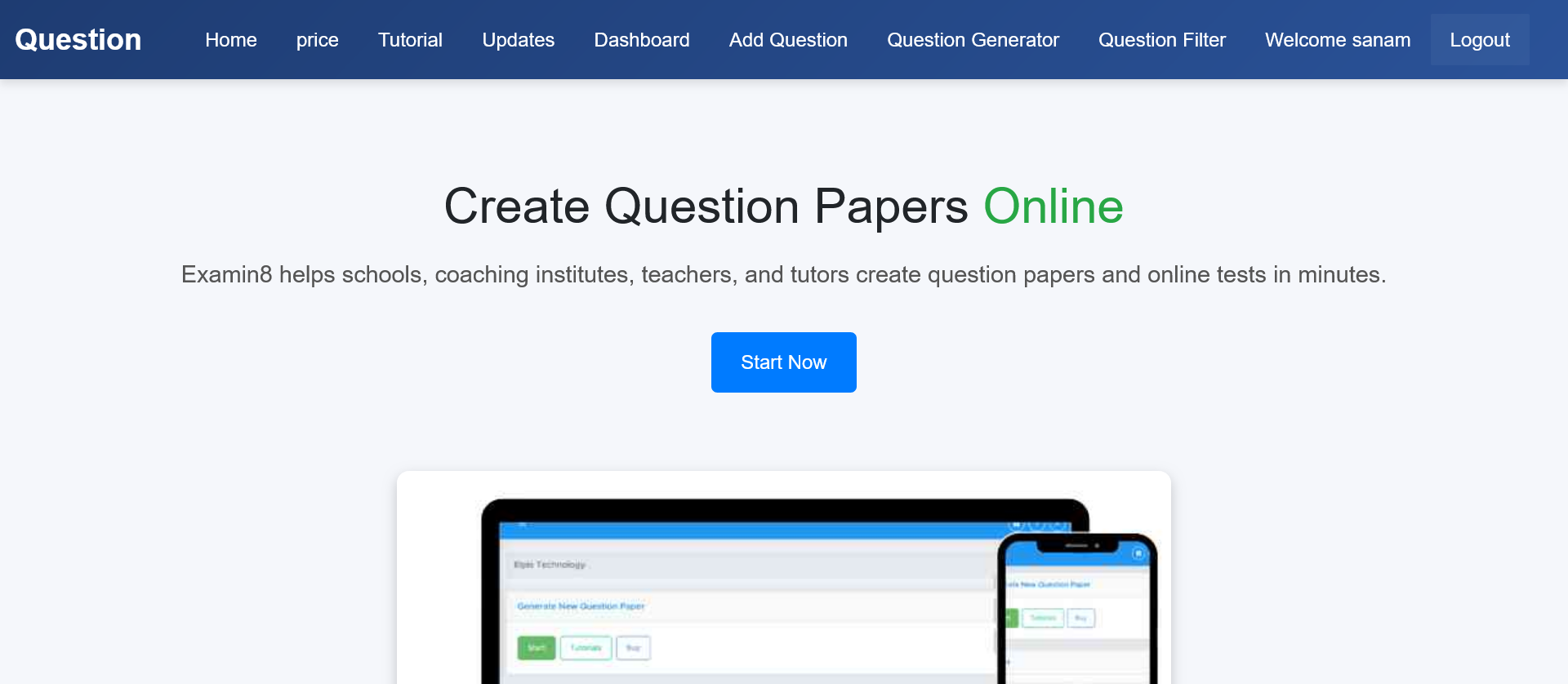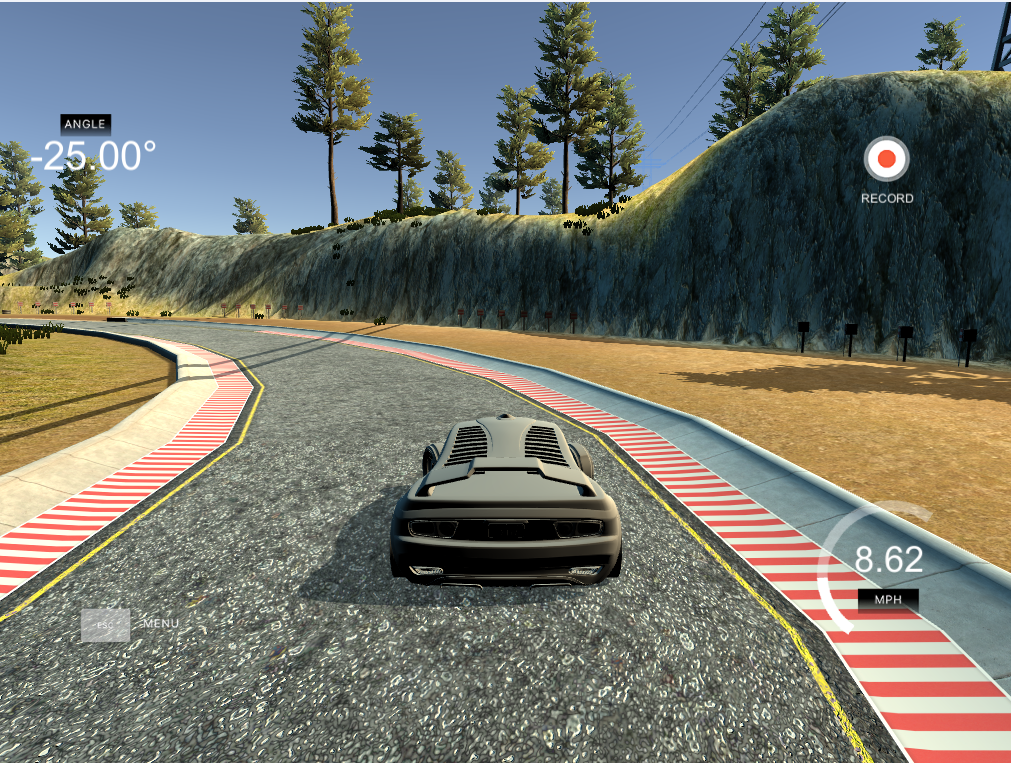Lung Cancer Detectin Machine Learning
Lung Cancer Detection Using Machine Learning
Lung cancer is one of the leading causes of cancer-related deaths worldwide. Early detection is crucial for improving patient survival rates. Machine learning (ML) offers a powerful tool to analyze medical data—like CT scans, X-rays, and clinical records—to detect lung cancer at an early stage.
1. Objective
The main goal is to develop a system that can automatically classify whether a patient has lung cancer based on input data. This can be:
-
Binary classification: Cancerous vs. Non-cancerous
-
Multi-class classification: Different types of lung cancer or tumor severity
The system can assist radiologists in decision-making and reduce diagnostic errors.
2. Data Sources
The detection model relies on high-quality annotated data, which can come from:
-
Imaging datasets
-
CT scans (computed tomography): Detailed 3D images of the lungs.
-
X-ray images: 2D lung images, easier to acquire but less detailed.
-
Examples: LIDC-IDRI dataset, Kaggle Chest X-ray datasets.
-
-
Clinical data
-
Patient information such as age, gender, smoking habits, genetic factors.
-
Blood tests, tumor markers, and biopsy results can also be included.
-
3. Feature Extraction
Depending on the approach, features can be extracted from images or clinical data:
-
Image features
-
Traditional ML: Use segmentation to extract nodules, then calculate features like texture, shape, and intensity.
-
Deep Learning: CNNs automatically learn relevant features from raw images without manual extraction.
-
-
Clinical features
-
Tabular data such as smoking history, age, and family history.
-
Often combined with image features for a more robust model.
-
4. Machine Learning Approach
Two main approaches can be used:
-
Classic ML on tabular features
-
Algorithms: Random Forest, SVM, Logistic Regression, XGBoost
-
Steps:
-
Clean and normalize data.
-
Split dataset into training, validation, and test sets.
-
Train the model.
-
Evaluate using metrics like Accuracy, Precision, Recall, F1-score, AUC-ROC.
-
-
-
Deep Learning on medical images
-
Algorithms: CNN architectures like ResNet, DenseNet, VGG
-
Steps:
-
Preprocess images (resize, normalize, augment).
-
Train the CNN to classify images.
-
Use metrics like Accuracy, AUC-ROC, sensitivity, and specificity.
-
-
5. System Pipeline
-
Data acquisition: Collect CT scans, X-rays, and clinical data.
-
Preprocessing: Resize images, normalize pixel values, handle missing clinical data.
-
Feature extraction: Either manual features or automatically via CNN.
-
Model training: Train ML or deep learning models using labeled data.
-
Evaluation: Validate model performance on unseen data.
-
Prediction & Deployment: Deploy the model as a web application, desktop software, or embedded in medical devices to assist in early diagnosis.
6. Benefits
-
Early detection improves survival rates.
-
Reduces workload for radiologists.
-
Provides consistent and accurate diagnostics.
-
Can be integrated with hospital systems for automated alerts.
More Projects
Additional works that I have worked on

Jeetpur Public English School
This is official webpage design for school name jeetpur public english school with features of dynamic and whatsapp messaging services

Question Generator
Automatically Generate Question For School Based on They Select

Hatemalo Co-operative Website
This is official website design for hatemalo saving and credit co operative pvt ltd

Bachelor's Thesis - Self-Driving Car Simulation
Trained cnn model to drive car without need of driver and test on simulation
Impressed with my work?
Let's discuss your project and create something amazing together!
Contact Me